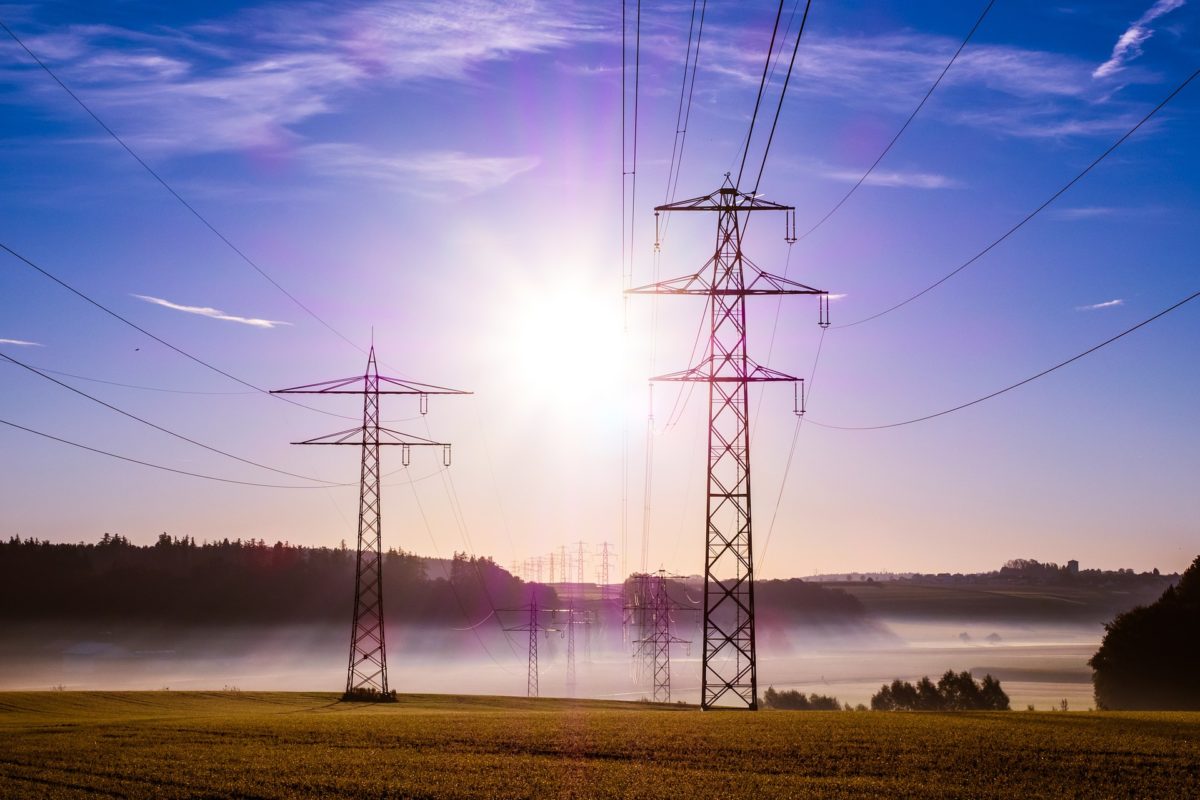Artificial intelligence, or machine learning, can increase the speed and accuracy of modeling for interconnection studies for large-scale renewables projects, said Xing Wang, global leader for grid modernization for Amazon Web Services (AWS) Energy and Utilities, in a panel discussion convened by the trade group ACORE.
One type of interconnection study uses a model to evaluate how a new solar generating system will affect power flow on the grid. The model predicts power flow “but it doesn’t solve,” Wang said, meaning it doesn’t provide a solution. “You need to find out where the issues are, and that requires years of engineering experience. We have a limited number of people who know how to do that.”
Machine learning can help, Wang said, by looking into a sufficient number of cases that it can provide “some suggestions or recommendations, for example, wherever the power flow is a problem.”
Wang spoke of the “hundreds of scenarios” run by grid operator SPP as it conducts interconnection studies, where engineers must “look at where the violations are, where the congestions are.” Then “you need to allocate the cost to eliminate those congestions back to the developers. And that’s another pretty hard process. I think all of these can be addressed by AI and machine learning, if we do the right model.”
Grid operator SPP, which serves the central U.S., is in discussions with AWS about both AI and more basic improvements, such as automating data entry and data validation. SPP has “some of the best engineers anywhere, but we don’t leverage their talents in the best way,” said panelist David Kelley, SPP’s director of seams and tariff services.
Rather than engineers spending time copying data from applications, Kelley said, “we should use the talents of our engineers to make the best recommendations on whether we need this new 345 kV line from point A to point B, do we need a new transformer substation somewhere, and even that can come with recommendations from AI.”
SPP has been working on solutions with AWS over the last year, Kelley said, and is working toward getting a formal agreement in place.
AI computing applications could equally serve other regions, said panelist Matt Pawlowski, an executive for business management and regulatory affairs at NextEra Energy Resources, who initially brought the AWS and SPP executives together.
Pawlowski praised grid operator MISO for “some automated model management,” saying “those are models that other RTOs can pursue, that could be considered plug and play. And that’s what we’re pursuing. We’ve had conversations with other regions, they haven’t been as advanced as SPP, but we’re getting there.”
Responding to a question comparing SPP’s speed in completing interconnection studies with the fast pace of Texas grid operator ERCOT, Kelley said that ERCOT’s major advantage is that “cost allocation is figured out,” and noted that SPP has moved quickly to add 33 GW of wind power, and is now planning for the next 5-10 years.
Pawlowski agreed on ERCOT’s cost allocation advantage, and added that ERCOT doesn’t have affected system studies. He said one downside for ERCOT is that because it follows the UK’s “connect and manage” approach, it has higher congestion on transmission lines, which results in curtailment of some renewable generation.
This content is protected by copyright and may not be reused. If you want to cooperate with us and would like to reuse some of our content, please contact: editors@pv-magazine.com.








By submitting this form you agree to pv magazine using your data for the purposes of publishing your comment.
Your personal data will only be disclosed or otherwise transmitted to third parties for the purposes of spam filtering or if this is necessary for technical maintenance of the website. Any other transfer to third parties will not take place unless this is justified on the basis of applicable data protection regulations or if pv magazine is legally obliged to do so.
You may revoke this consent at any time with effect for the future, in which case your personal data will be deleted immediately. Otherwise, your data will be deleted if pv magazine has processed your request or the purpose of data storage is fulfilled.
Further information on data privacy can be found in our Data Protection Policy.